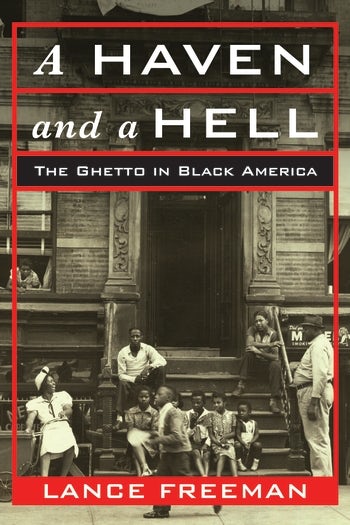An interview with James Twitchell
Where Men Hide is a spirited tour of the dark and often dirty places men go to find comfort, camaraderie, relaxation, and escape. James Twitchell’s lively analysis traces the evolution of these virtual caves, and question why they are rapidly disappearing.nnQ: Have men always needed such private space? Do women want men to hide?nnJames Twitchell: The observation that men want, and perhaps even need, private space is not new or startling. American men, for instance, have always headed for the hills, gone off to the frontier, down to the cellar, or out to the golf course, when the pressure was on. In the generating text of American literature, Mark Twain’s Huckleberry Finn, Huck even violates an interracial taboo and runs off with Jim rather than submit to the territorial ways of women. Or think of the men-without-women themes of Hemingway, complete with euphoric interludes in which males bond while hunting or fishing.nn nnQ: What are some characteristics of men’s spaces that women might recognize?nnJT: Most male space tends to be to be dirty and dark. As we see when we look at such places as deer camps, cigar bars, strip clubs, garages, locker rooms, and even barber shops, men seem to be more comfortable in the company of other men if there’s not too much of the “clean well-lighted place.” Men without women may be a heroic theme in novels, but it gets dreary in real life. Without the woman’s touch, the male tends to be a bit ham-handed with the clean-up, but it gets worse when the gang arrives. Making a mess becomes a goal. Language quickly turns raunchy when men get in groups, social hierarchy is supercharged, alcohol is often the necessary social lubricant, uniforms may get donned, initiation rituals get invoked, urination becomes celebrated, gambling often becomes a pastime, and secrecy is mandated.nnQ: Why do men and women have different routines of getting into groups?nnJT: Almost everyone you talk to about this subject has anecdotal evidence of the clustering differences between men and women. Here’s mine drawn from family life. My wife has at least three book clubs that meet with admirable regularity and seem to produce instant and intense conversations. My two older sisters have always had best friends who seemed to move easily and unceremoniously in and out of their lives. And my two daughters, both grown, have instantaneous contact with a whole sorority of women via the Internet or on their cell phones. They all understand “Sex and the City.” Meanwhile, whenever I want to see my men friends somewhere other than at work, we have to schedule some event. We have to get four for tennis or golf, field comparable teams for pick-up basketball, and if we ever go out for lunch we need a compelling reason. I don’t think I have ever gone to a movie with just one other guy. Although I buy stuff, I always shop alone. And we have to name a reason before we can pow-wow: one of us is getting divorced or moving away or has died.nnQ: What has led to the disappearance of men’s spaces?nnJT: Our sense of “manhood” and the places in which it was created and transmitted have profoundly changed. I really don’t think women, or the perception of women, has much to do with the disappearance of male-only groups. More likely, men-only groups have receded as the result of the more generalized shift caused by other developments, especially technology. Such private pastimes as solitary driving, couch-potato TV viewing, and electronic keyboarding have generated social gaps. The car, TV and computer have increased the distance between ourselves and others. Fewer and fewer of us find time for the League of Women Voters, the United Way, the PTA, the monthly bridge club, or even a Sunday picnic with friends. Ditto men’s groups.nnQ: How has masculinity changed with the disappearance of traditional men’s spaces?nnJT: The concept of manhood profoundly expanded as the woman’s movement took hold. Today, an astonishing array of masculine identities compete for men’s attention and his disposable income. A middle-class man of whatever color or religion can choose between rough-tough machismo or aching sensitivity. Any man who can afford it can mix and match masculine identities, according to whim and situation. At work, he can dress the Yuppie; at the gym, the bodybuilder; at home, jeans and work shirt. On weekends, he can outfit himself as an urban rugged individualist, tooling about town in Jeep and safari jacket. Or he can dress in velvet and polish his bling, or adopt fashion as a mode of expression. Witness the metrosexual.nnQ: Where are younger generations of men hiding now?nnJT: In my day job I’m a professor of advertising. I could certainly see men—at least for a while—in class, and I asked them what they did outside class. I was intrigued to find how many were going back to their DSL-wired dorm rooms, their fraternities, or gaming cafes, to play complex video games. Admittedly this generation grew up in the video arcade at the mall, but these games were not just difficult to master but involved players all over the world. They were also done usually in the company of other men. Online poker was huge in many of their lives and they knew more than I ever would about how to play the odds. Young men were also disappearing into the Internet, not just to download music and consume eyefuls of porn, but to communicate with their friends in new ways, like Instant Messenger. Many of them seem to have a cellphone attached to an ear and a finger on text messenger.


